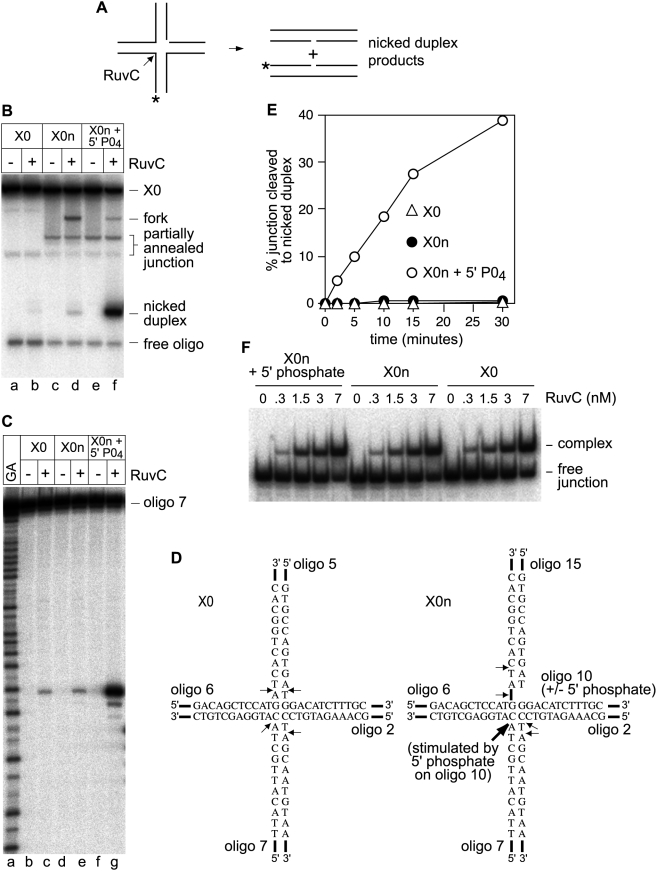Figure 1. Cleavage of X0 and X0n (+/− 5′ phosphate at nick site) by RuvC.
(A) Schematic showing the linear duplex products that are generated by the cleavage of X0 or X0n by RuvC. The asterisk indicates the 5′ 32P label. (B) Native polyacrylamide gel showing the cleavage of X0 and X0n (+/− 5′ phosphate at nick site) by RuvC. Reactions (40 µl) contained 1.3 nM junction DNA and 50 nM RuvC as indicated. Reactions were incubated at 30°C for 30 min before being stopped. (C) Denaturing gel of the same reactions as in A. (D) Schematic showing the core nucleotide sequences in X0 and X0n and the sites of cleavage by RuvC. (E) A comparison of the rates of cleavage of X0 and X0n (+/− 5′ phosphate at nick site) by RuvC. Reactions (70 µl) contained 1.4 nM junction DNA and 10 nM RuvC. Data are the mean of three experiments. (F) A comparison of RuvC's binding affinity for X0 and X0n (+/− 5′ phosphate at nick site) by RuvC. Reaction conditions are described in Materials and Methods.

